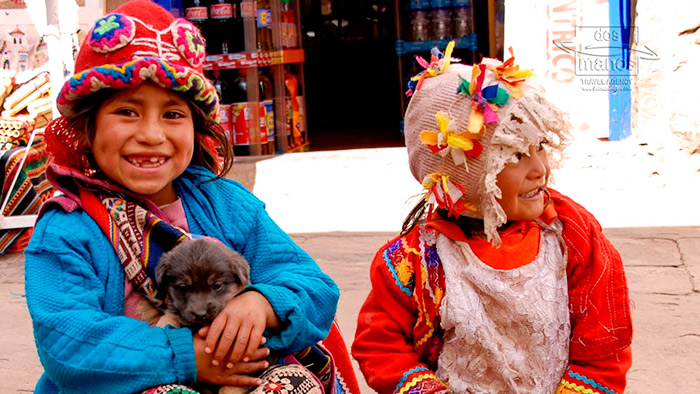
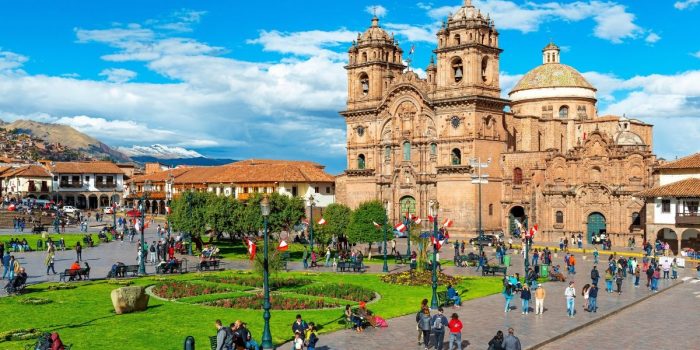
The ancient city of Cusco, perched high in the Andes Mountains at 3,400 meters (11,000 feet) above sea level, is a place where history, culture, and breathtaking landscapes come together. Nestled within the Sacred Valley of the Incas, this vibrant city is home to around 365,000 inhabitants, predominantly Mestizo and indigenous communities, who preserve the region’s rich traditions. As the historic capital of the Inca Empire, Cusco holds a special place in the hearts of both locals and visitors.
The name “Cusco” comes from the Quechua word “Qosqo,” meaning “navel”—a reflection of its role as the center of the Inca civilization. Today, the city remains one of the oldest continuously inhabited places in South America, where Inca foundations blend with colonial architecture, creating a fascinating mix of the past and present.
More than just a historical gem, Cusco is the perfect gateway to adventure. From here, travelers set off to explore the legendary Machu Picchu, trek the world-famous Inca Trail, or visit the stunning landscapes of the Sacred Valley. Cusco also provides easy access to the biodiverse rainforest of Madre de Dios, offering a truly immersive Peruvian experience.
Despite its modern development, Cusco has managed to preserve its architectural and cultural heritage, making it one of Peru’s most captivating destinations. Whether you’re an adventurer, a history enthusiast, or simply someone looking to experience authentic Andean culture, INKANET ADVENTURE invites you to discover the magic of Cusco like never before.
With its colorful markets, traditional festivals, and warm hospitality, Cusco offers an unforgettable journey through the heart of the Andes. Wander through its cobblestone streets, marvel at the imposing Inca temples, and soak in the vibrant atmosphere of Plaza de Armas. Every corner of this city tells a story, waiting to be explored. Let INKANET ADVENTURE be your guide to a truly authentic and enriching travel experience.
Best Time to Visit: May to September
This season offers sunny days and cold nights, making it ideal for trekking. Daytime temperatures range from 18-20°C (64-68°F), while nighttime temperatures can drop to 0°C (32°F) or lower.
With clear skies and excellent visibility, it’s perfect for photography, sightseeing, and exploring Machu Picchu. However, as peak tourist season, expect larger crowds, higher prices, limited availability, and busy trails.
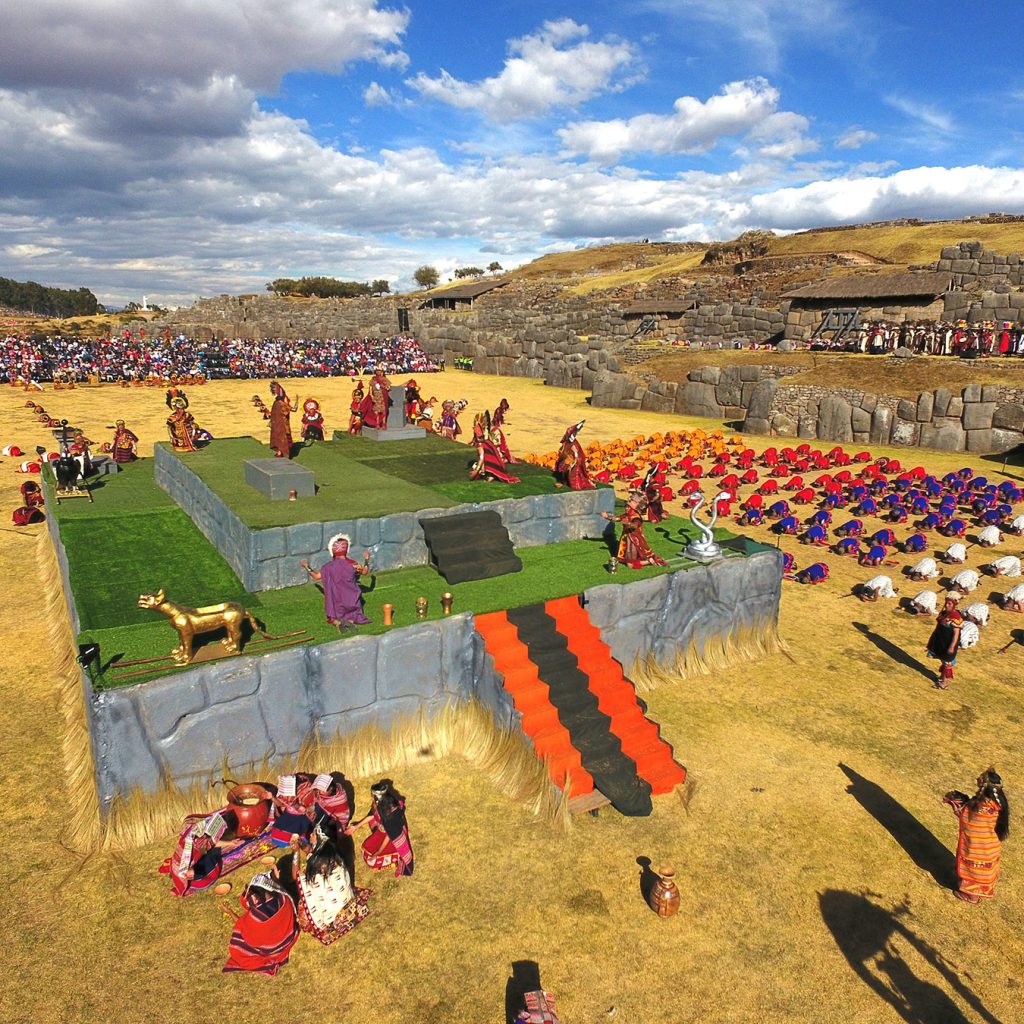
Best Time to Visit: April & October
These months mark the transition between rainy and dry seasons, bringing mild weather with occasional showers. Despite some rain, temperatures remain comfortable, making it a great time for outdoor activities.
With fewer crowds, this period offers a more relaxed and peaceful experience. It’s perfect for travelers who want to explore Machu Picchu and Cusco with less congestion and better accessibility.
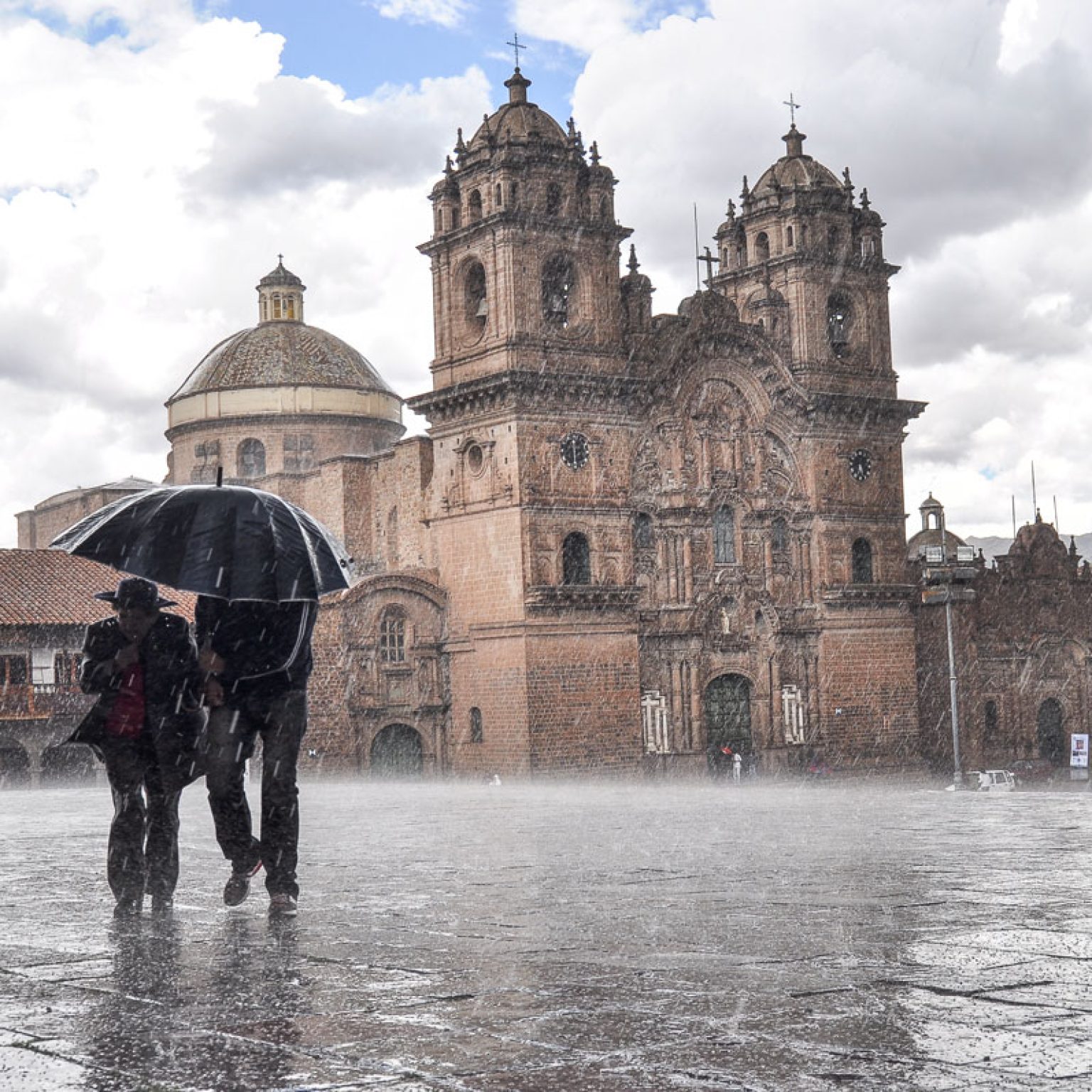
Best Time to Visit: November to March
This is the rainy season, bringing warmer temperatures with daytime highs between 15-18°C (59-64°F). Expect frequent afternoon showers, creating lush, green landscapes.
While trekking becomes more challenging due to wet trails, the experience is still rewarding for adventurers. Plus, fewer crowds and lower costs make it an excellent time for those seeking a budget-friendly visit.
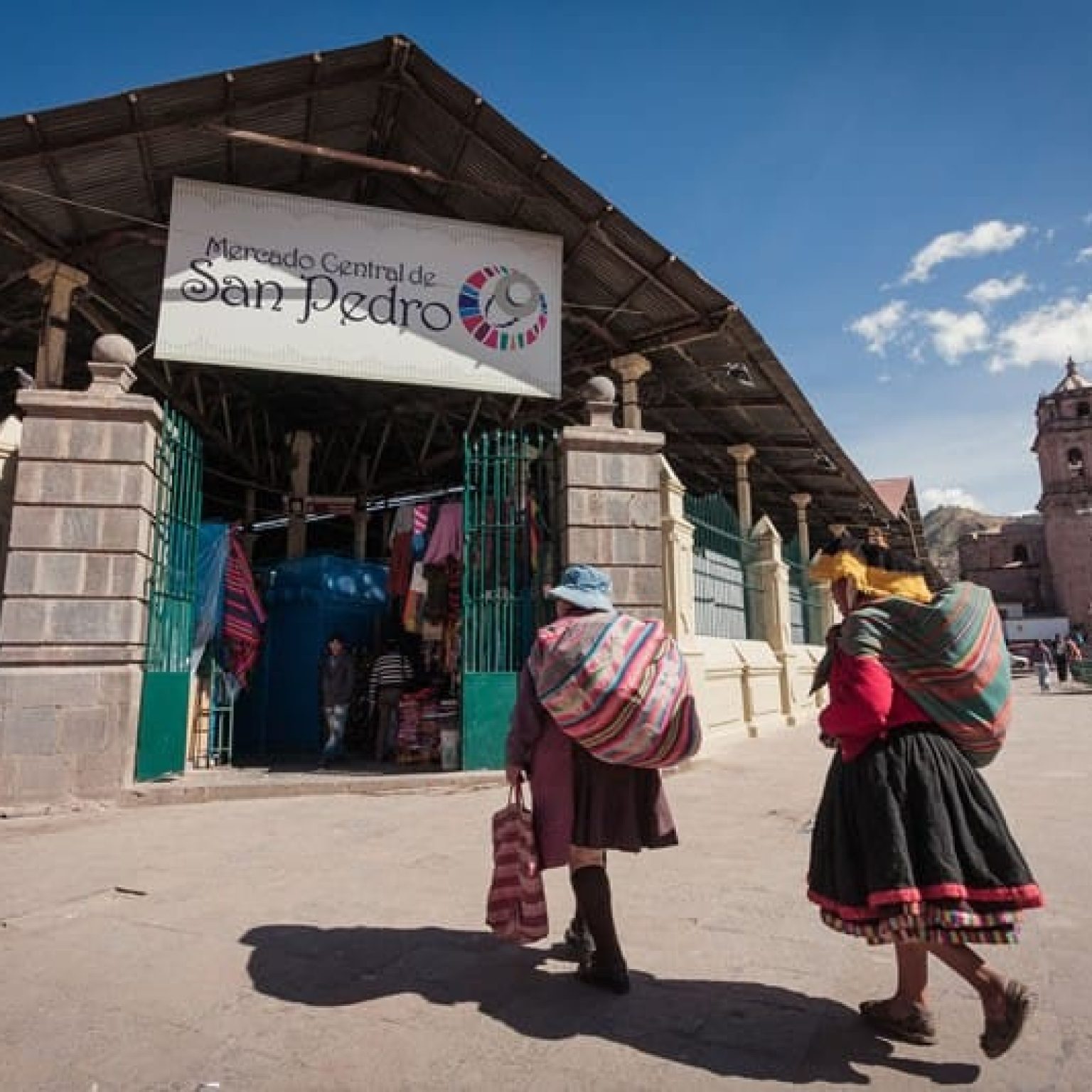
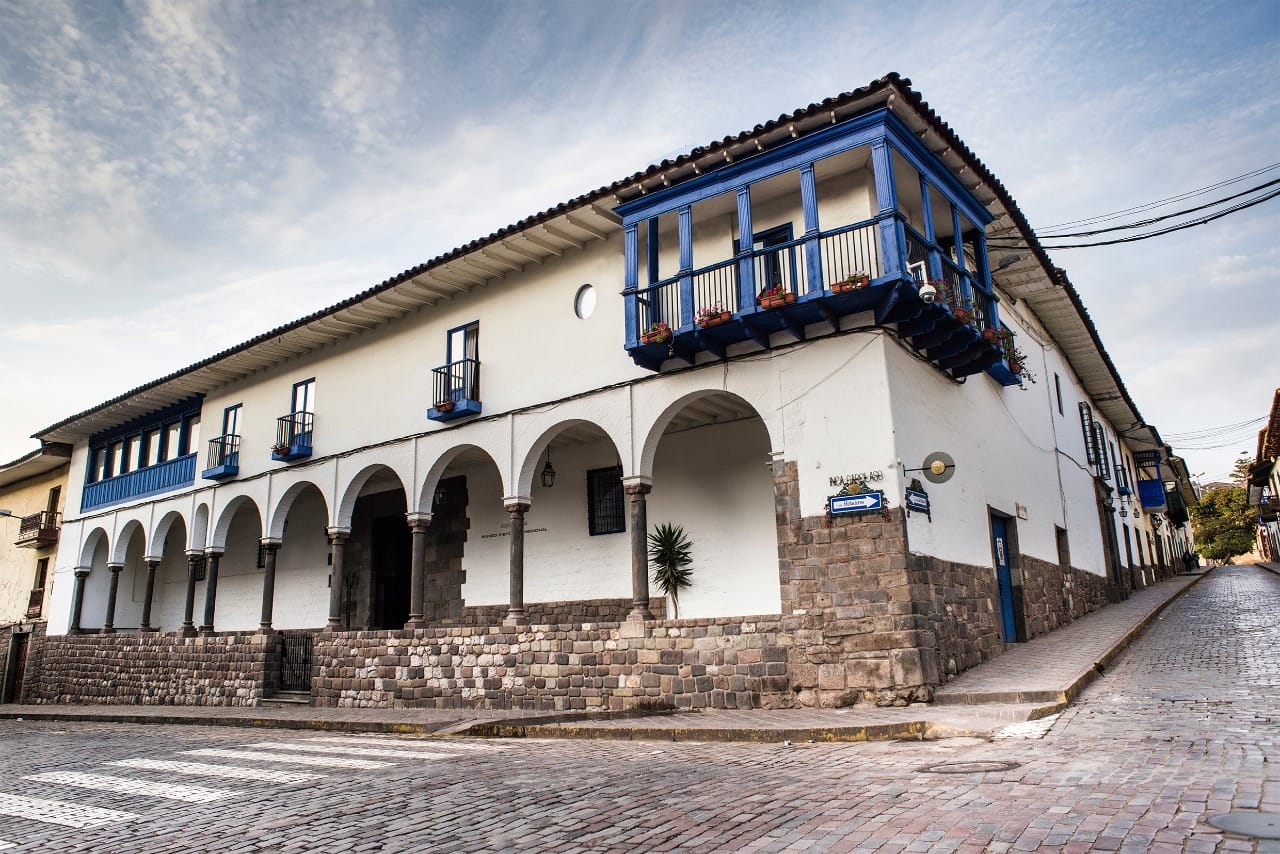
Official Website: Purchase tickets online through the Ministry of Culture of Peru. Choose from different options, such as standard entrance, Huayna Picchu, or Machu Picchu Mountain hike.
Authorized Sellers: Book through official ticket vendors or travel agencies, which often provide additional services like transportation and guided tours.
In-Person Purchase: Buy tickets at the Ministry of Culture offices in Cusco or Aguas Calientes (Machu Picchu Pueblo).
For a hassle-free experience, TRAVEL AGENCY INKANET can assist with your Machu Picchu booking, ensuring a smooth and well-organized trip.
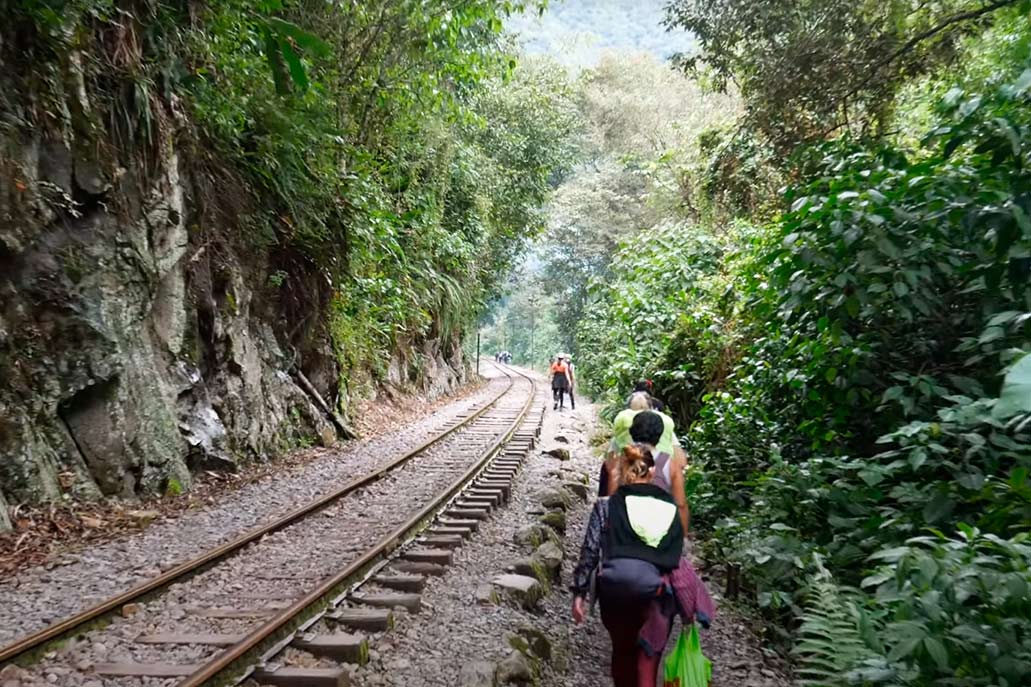
Train:
From Cusco: Board a train from Poroy (near Cusco) or Ollantaytambo to Aguas Calientes (Machu Picchu Pueblo). Operators like PeruRail and Inca Rail offer various options, from luxury to budget-friendly services, ensuring comfort and efficiency.
From the Sacred Valley: Trains also depart from Urubamba and Ollantaytambo, providing flexibility for travelers.
Bus:
From Aguas Calientes: After arriving, take a 30-minute scenic bus ride up a winding road to the entrance of Machu Picchu, offering breathtaking views along the way.
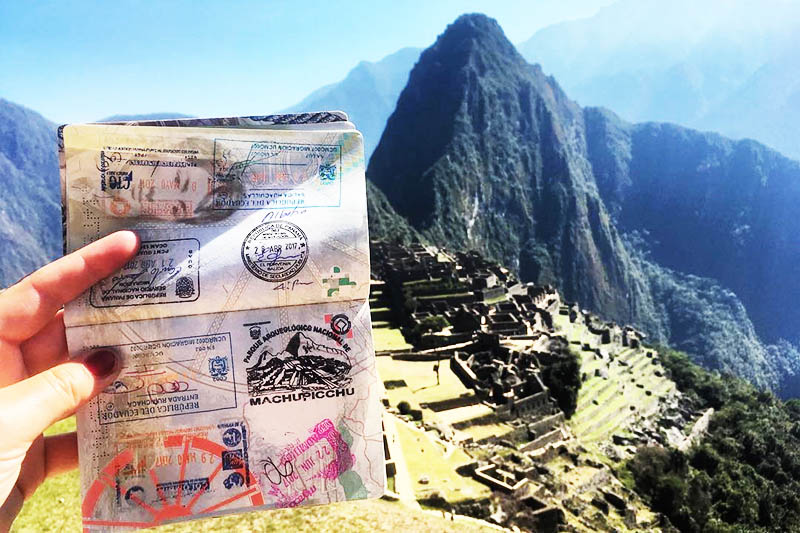
Advance Booking: Due to high demand, Machu Picchu and train tickets sell out quickly, especially in peak season (May to September). Book early to secure your spot.
Entry Slots: Tickets have designated entry times (morning or afternoon). Plan your visit accordingly to maximize your experience.
Guided Experience: A guided tour provides valuable historical insights and a deeper understanding of Machu Picchu’s significance.
Altitude Awareness: At 2,430 meters (7,970 feet), some travelers may feel the effects of high altitude. Move slowly, drink plenty of water, and take precautions.
PeruRail is one of the main operators, providing several train services catering to different preferences and budgets:
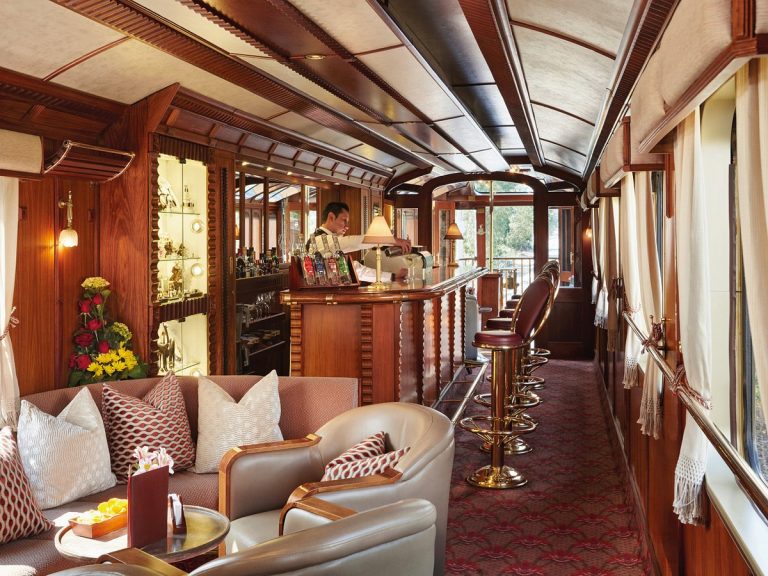
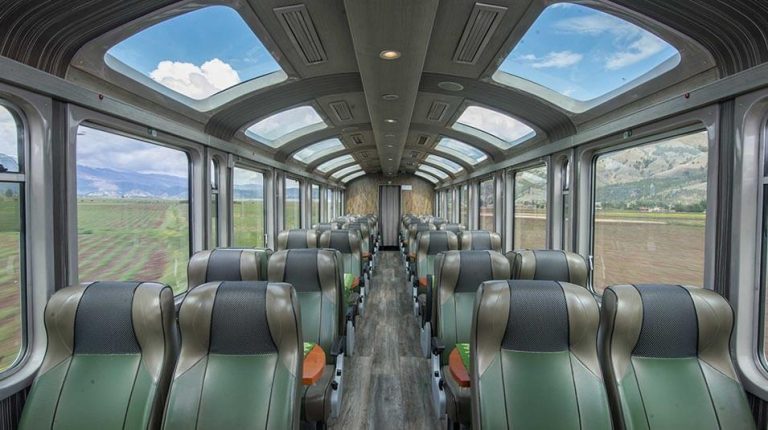
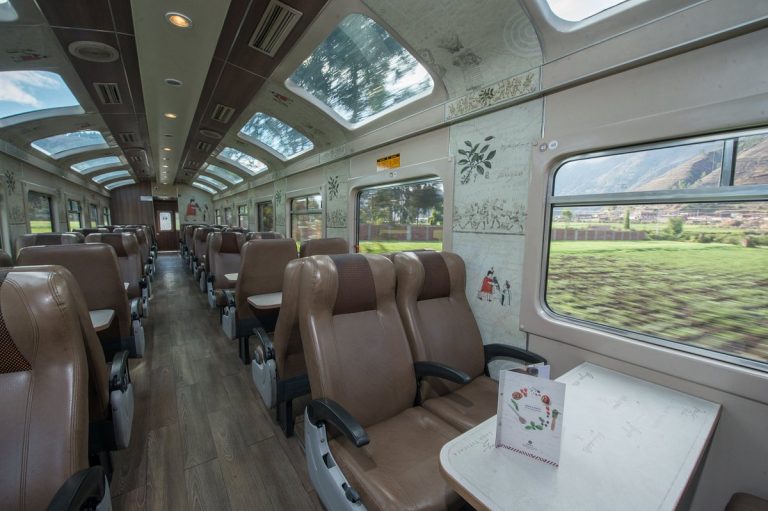
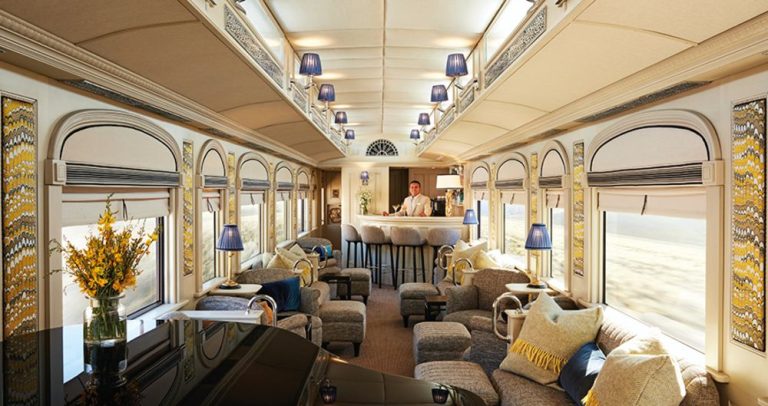
Inca Rail is another major operator, offering a range of services from Ollantaytambo (in the Sacred Valley) to Machu Picchu:
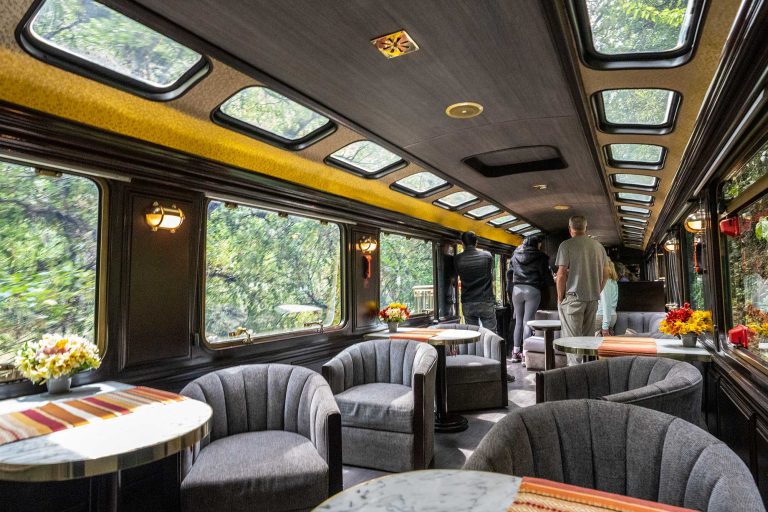
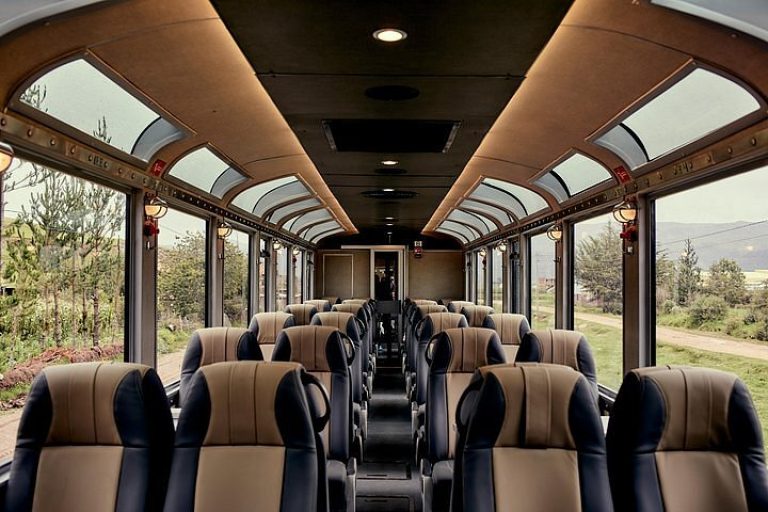
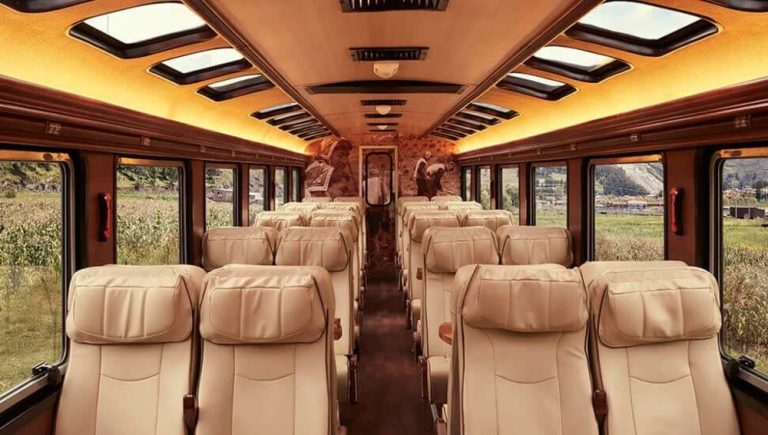
These train services offer a variety of experiences, from luxury and comfort to budget-friendly options, ensuring that all travelers can enjoy the breathtaking journey to Machu Picchu and beyond.

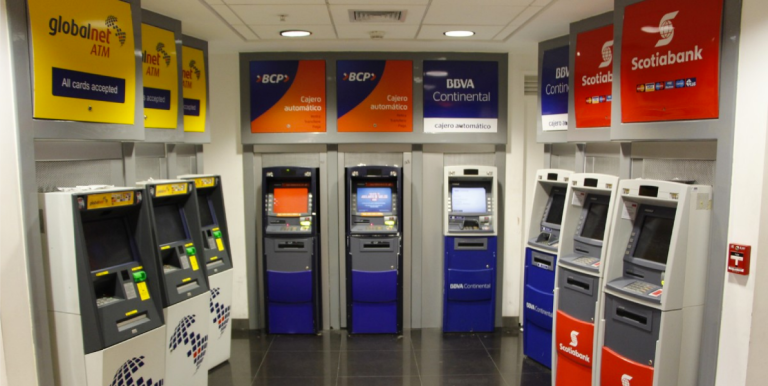
ATMs are widely available throughout Cusco, especially in the city center. Most ATMs accept international credit and debit cards (Visa, MasterCard, etc.). Some recommended locations include:
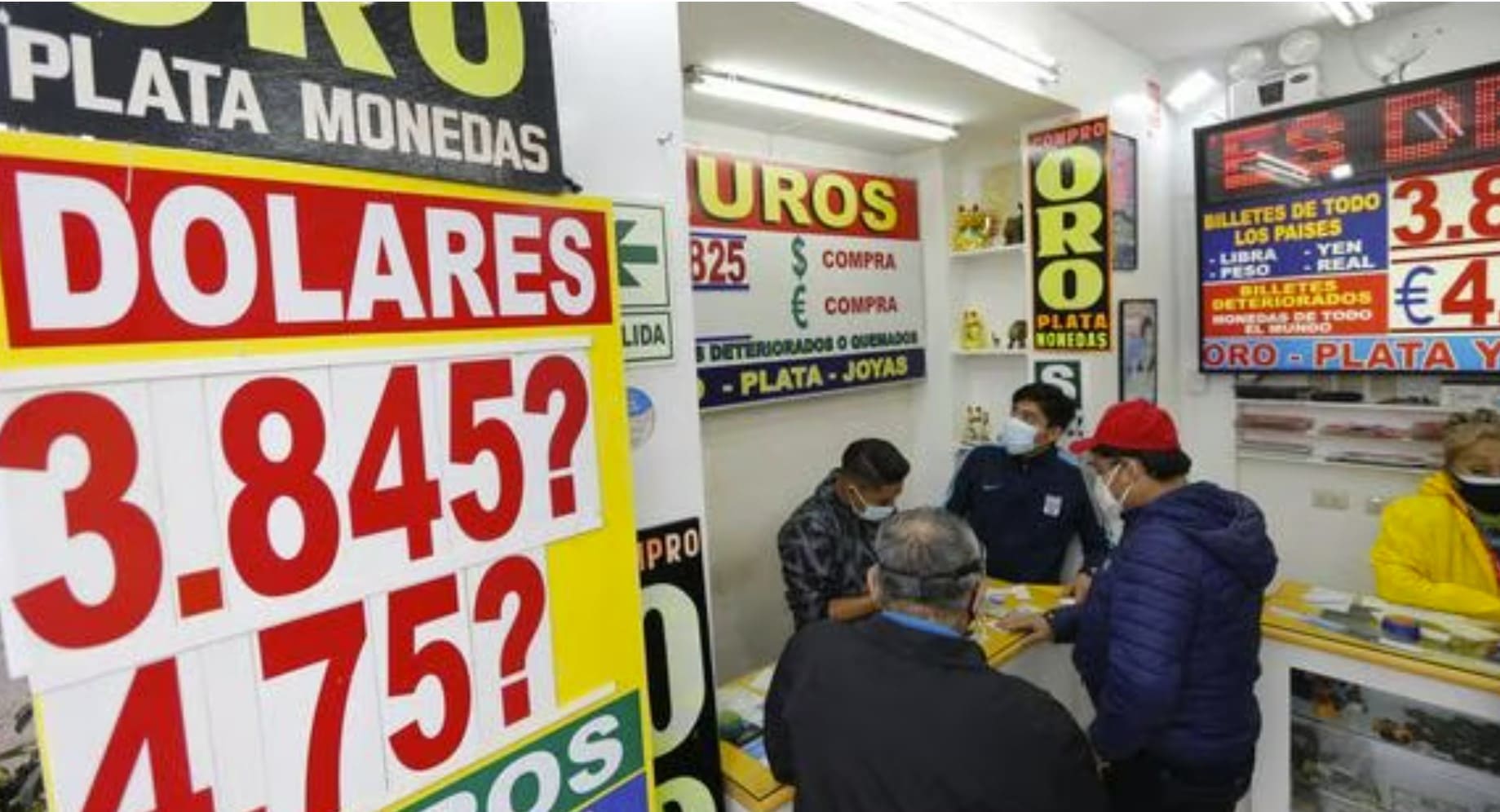
For those who prefer to exchange cash, there are numerous currency exchange offices throughout Cusco, offering competitive rates and reliable service:
Plaza de Armas: Many exchange offices are located around the main square, providing easy access to travelers.
Avenida El Sol: A popular area with multiple trusted currency exchange options and banks.
Cusco Airport: Convenient exchange services are available upon arrival, allowing visitors to obtain Peruvian soles right away.
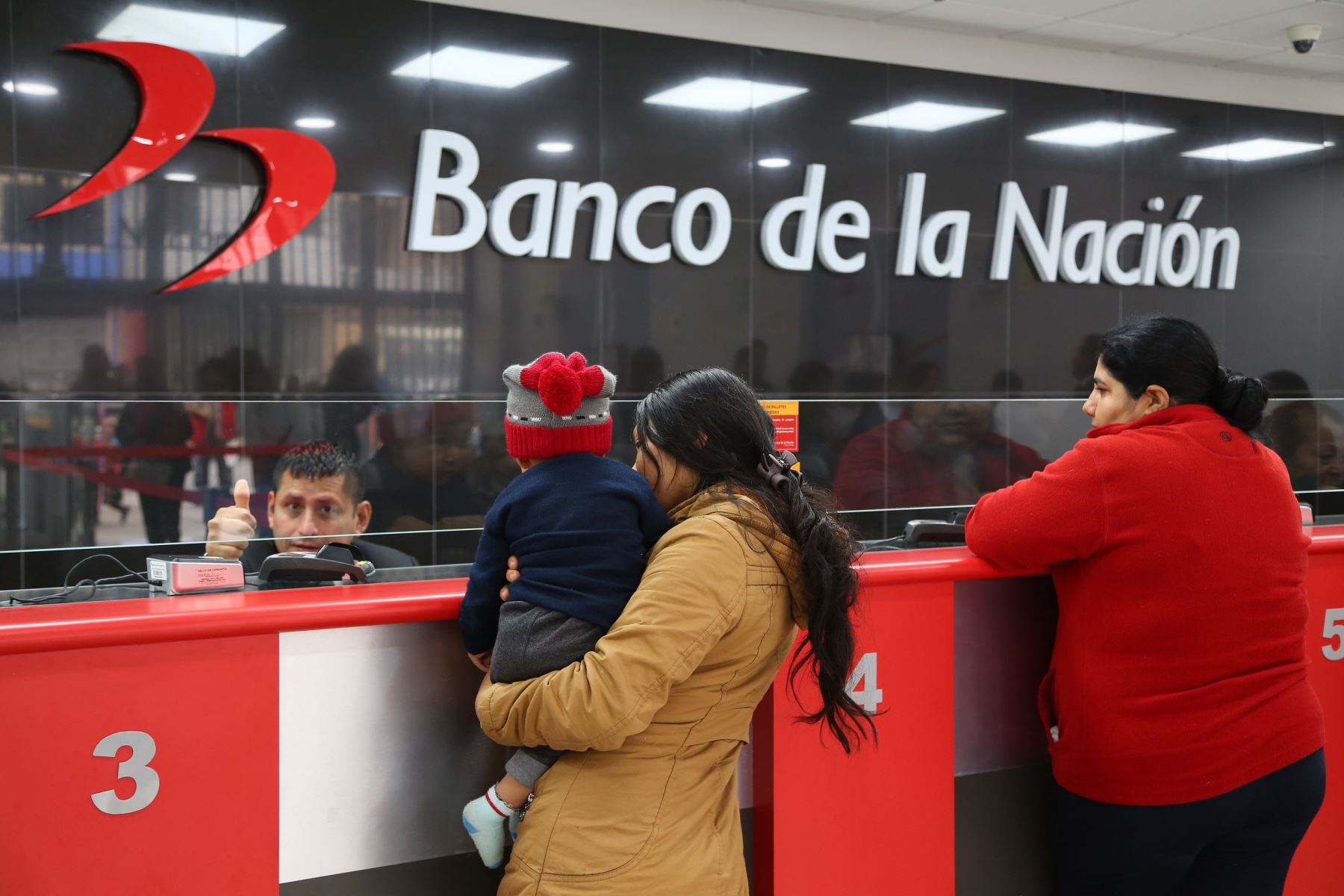
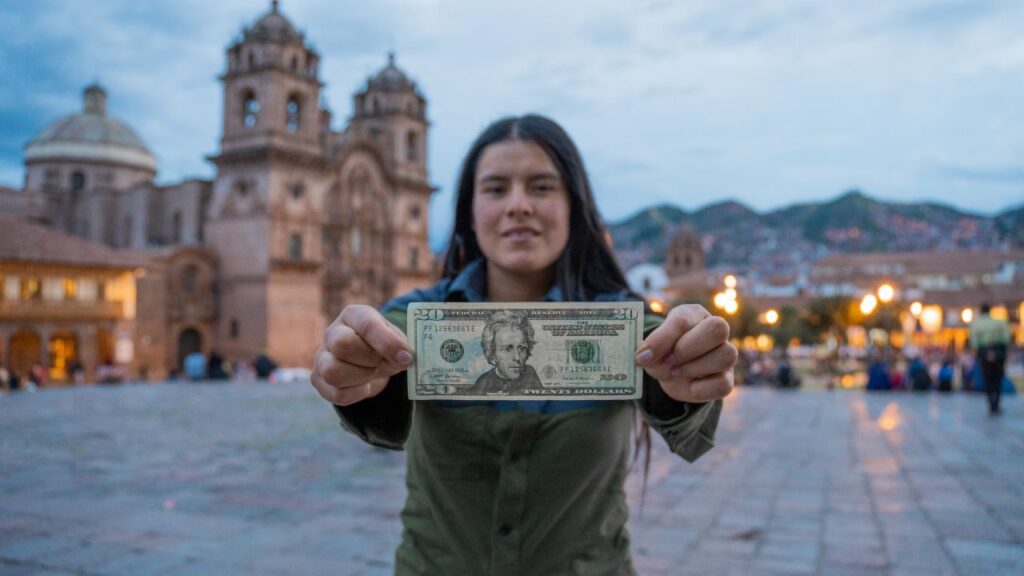
Fees: Be aware that your home bank may charge international transaction fees, and local ATMs might have withdrawal fees as well.
Limits: Many ATMs have daily withdrawal limits, so plan your cash needs accordingly.
Security: Use ATMs in well-lit, busy areas, stay alert to your surroundings, and avoid withdrawals late at night.
Discover the Rainbow Mountain (Vinicunca) and Red Valley, two of Cusco’s most breathtaking landscapes. At over 5,000 meters above sea level, Rainbow Mountain dazzles with its vibrant mineral colors, while Red Valley offers surreal Andean views. Spot llamas and alpacas along the way as you take on this challenging yet rewarding trek. Trust Inkanet Adventure […]
Full Day
14 people
Embark on a breathtaking one-day tour to the legendary Inca city of Machu Picchu, nestled between the Machu Picchu and Huayna Picchu mountains at 2,400 meters above sea level. Travel by train from Cusco, passing charming Andean villages and enjoying stunning views. Upon arrival in Aguas Calientes, a short bus ride takes you to this […]
Full Day
14 people
Discover the breathtaking Humantay Lagoon, a stunning turquoise glacial lake at 4,200 meters in the heart of the Andes. Fed by the Humantay Glacier, its vibrant colors contrast beautifully with the surrounding peaks, creating a picture-perfect natural wonder. The hike to the lagoon is a rewarding adventure, offering panoramic views, Andean wildlife, and a deep […]
Full Day
14 people
The Sacred Valley of the Incas, located near Cusco, is a breathtaking destination rich in history, culture, and natural beauty. Once the heart of the Inca Empire, this fertile valley is home to stunning archaeological sites like Ollantaytambo and Pisac, showcasing the Incas’ advanced engineering and agricultural mastery. Beyond its ruins, the valley preserves living […]
Full Day
14 people
Explore Cusco with INKANET ADVENTURE on an unforgettable city tour! Discover the ancient wonders of Sacsayhuamán, Qorikancha, and Tambomachay, stroll through cobblestone streets, and admire the fusion of Inca and colonial architecture. Visit Plaza de Armas, home to the majestic Cathedral and historic Church of the Company of Jesus. Our expert guides will unveil the city’s […]
5 Hours
14 people
Hidden in the Andean highlands of Cusco, the Q’eswachaka Inca Bridge is a breathtaking testament to Inca engineering and cultural resilience. Woven entirely from ichu grass, this unique suspension bridge spans the Apurímac River in the district of Quehue, Canas province. More than just an architectural marvel, Q’eswachaka is a living tradition, rebuilt every year […]
Full Day
14 people
Palcoyo Mountain, once considered the lesser-known alternative to the famous Rainbow Mountain (Vinicunca), is now gaining popularity among travelers visiting Cusco. In fact, it has become the second most visited attraction after Machu Picchu. But what if, instead of seeing just one colorful mountain, you could explore an entire range of vibrant peaks surrounded by […]
Full Day
14 people
Explore the South Valley of Cusco, a hidden gem where history, nature, and local traditions come together. This fascinating route takes you through Tipón, an impressive Inca archaeological site with advanced water channels, Pikillacta, a pre-Inca city of the Wari civilization, and the charming Andahuaylillas, home to the “Sistine Chapel of America.” Beyond the ruins, […]
5 hours
14 people
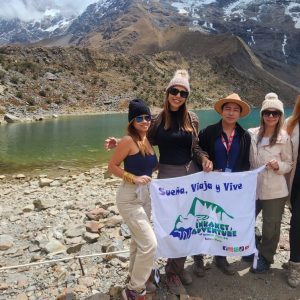
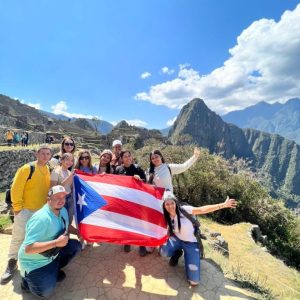
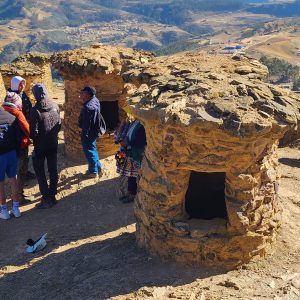
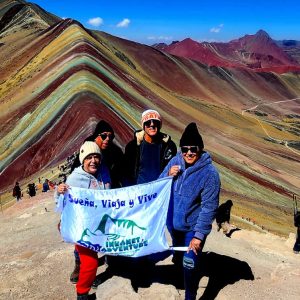
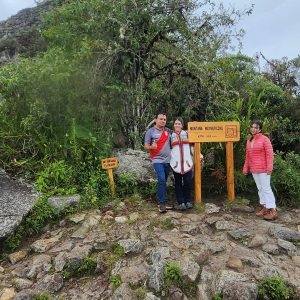
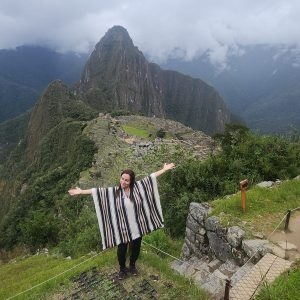
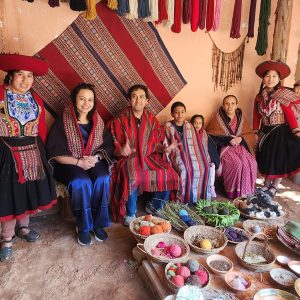
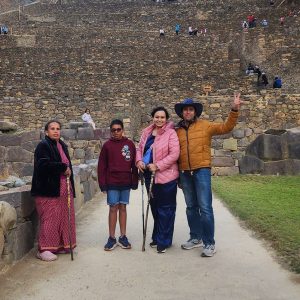


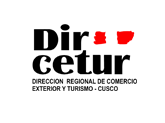
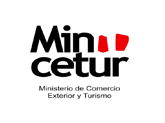
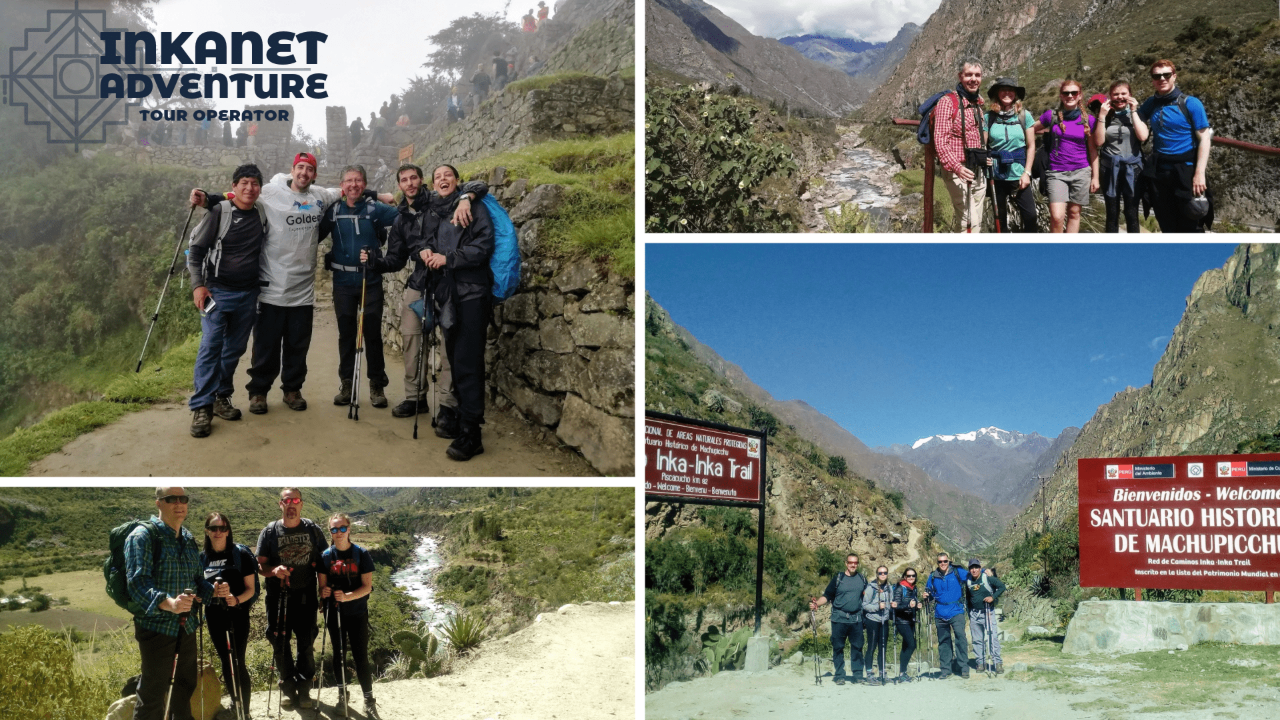
Subscribe to discover Cusco and see secret deals; prices drop the moment you sign up!
Coupon code: INKANET - 10% off all tours.
